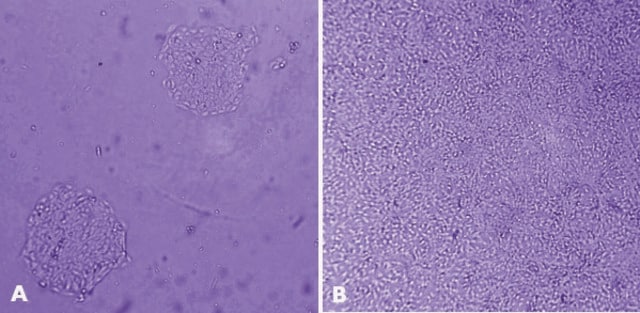Kluczowe dokumenty
A6982
HydroMatrix Peptide Cell Culture Scaffold
mixture, powder
About This Item
Polecane produkty
Szukasz podobnych produktów? Odwiedź Przewodnik dotyczący porównywania produktów
Zastosowanie
Komponenty
Przestroga
Uwaga dotycząca przygotowania
Informacje prawne
Kod klasy składowania
11 - Combustible Solids
Klasa zagrożenia wodnego (WGK)
WGK 3
Temperatura zapłonu (°F)
Not applicable
Temperatura zapłonu (°C)
Not applicable
Środki ochrony indywidualnej
Eyeshields, Gloves, type N95 (US)
Wybierz jedną z najnowszych wersji:
Masz już ten produkt?
Dokumenty związane z niedawno zakupionymi produktami zostały zamieszczone w Bibliotece dokumentów.
Klienci oglądali również te produkty
Produkty
Hydrogela are the most widely used systems for 3D cell culture. Learn more about this technology (what are hydrogels? How to chose?)
3D cell culture overview. Learn about 2D vs 3D cell culture, advantages of 3D cell culture, and techniques available to develop 3D cell models
Przegląd hodowli komórek 3D. Dowiedz się więcej o hodowli komórek 2D i 3D, zaletach hodowli komórek 3D i technikach dostępnych do tworzenia modeli komórek 3D
Hydrożele są najczęściej stosowanymi systemami do hodowli komórek 3D. Dowiedz się więcej o tej technologii (czym są hydrożele? Jak je wybrać?)
Nasz zespół naukowców ma doświadczenie we wszystkich obszarach badań, w tym w naukach przyrodniczych, materiałoznawstwie, syntezie chemicznej, chromatografii, analityce i wielu innych dziedzinach.
Skontaktuj się z zespołem ds. pomocy technicznej






